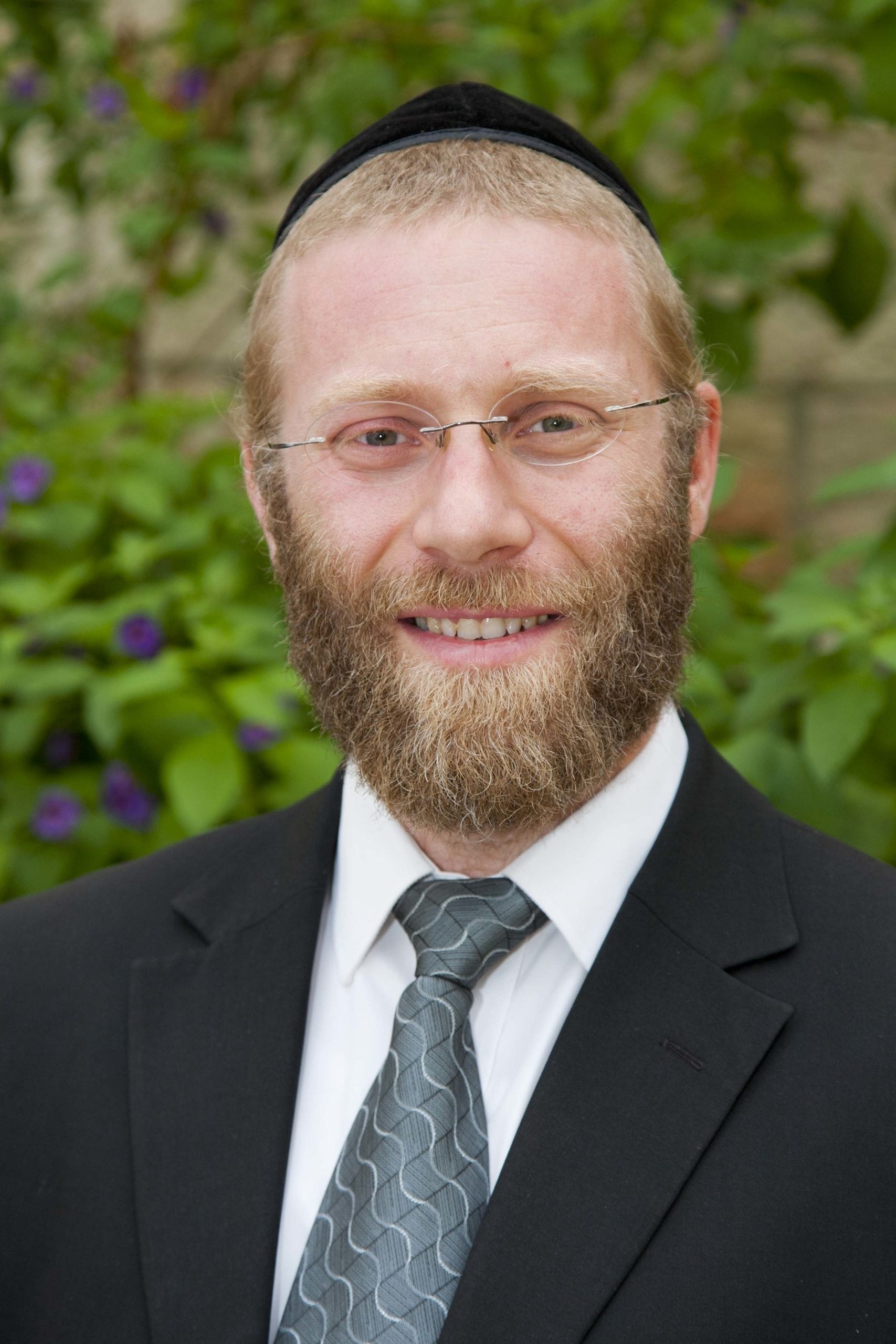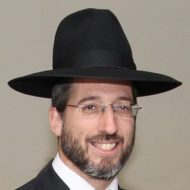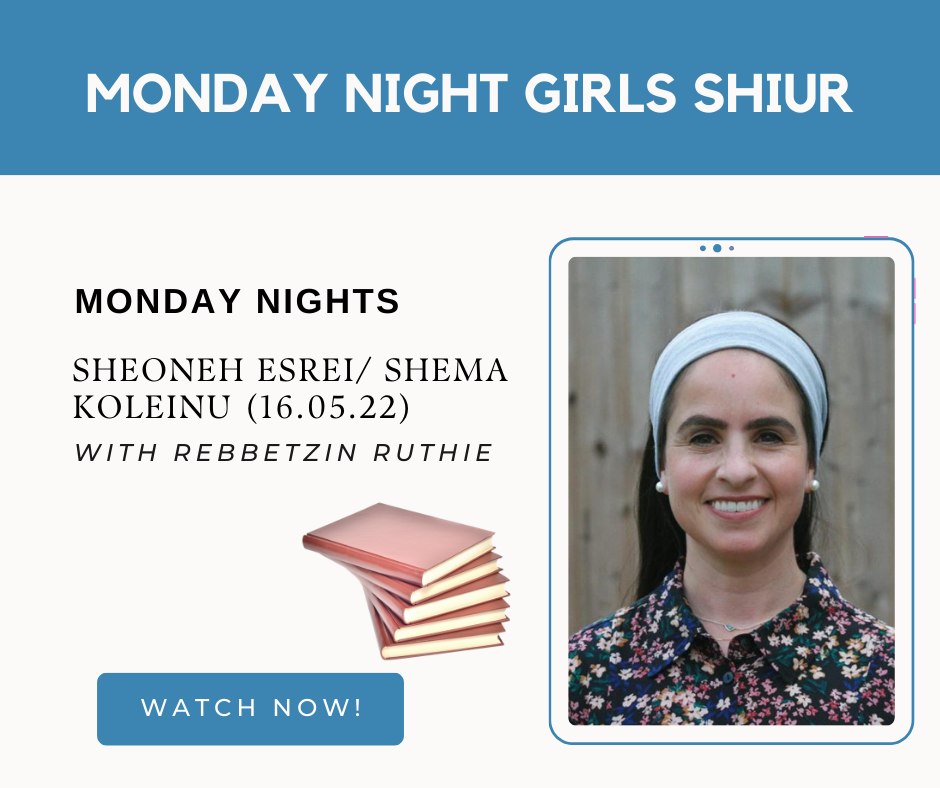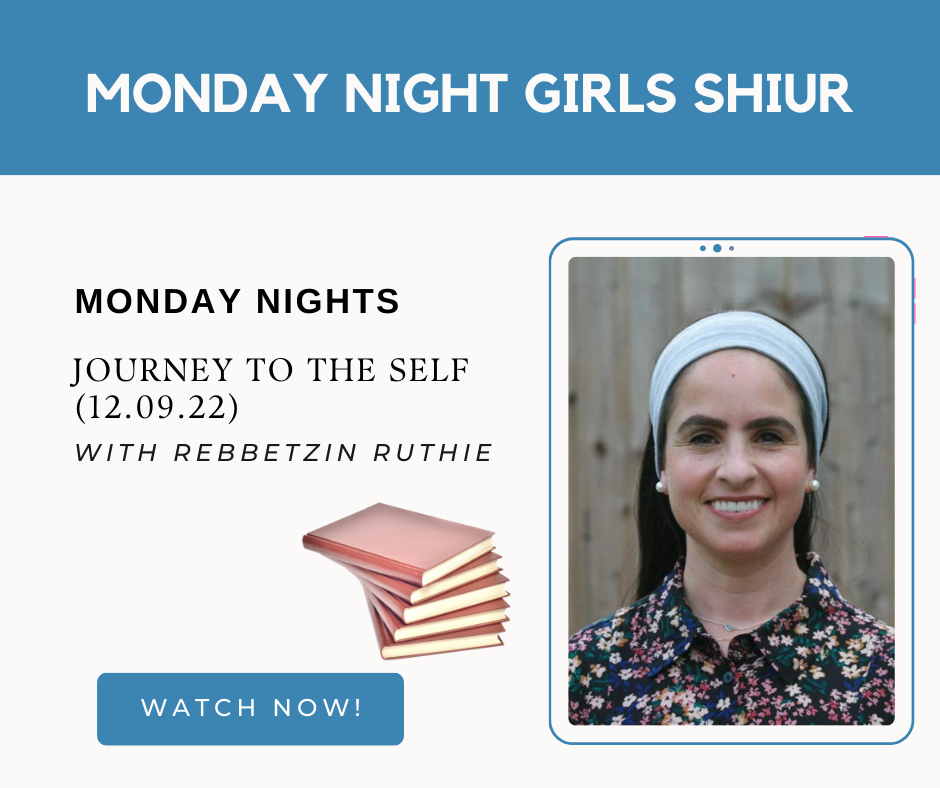
Imagine if you were to introduce someone to the concept of Mitzvot for the first time. Would you tell them about a Mitzvah that has no reasoning or understanding, or rather tell them about the beauty of Shabbat or the great pleasure we have in fulfilling other Mitzvot that the person can understand and have a feeling for?
The Mitzvot can be divided into three categories:
Eidut – Mitzvot that are testimonial of historical events such as Shabbat and Chagim. These are Mitzvot we would not have done on our own but once commanded to do them, we understand their importance.
Mishpatim – Laws that we would implement on our own whether we were commanded to do them or not, such as not lying, not murdering, and the like.
Chukim – Laws that are seemingly without rhyme or reason. We don’t understand these statutes logically, but we do them because we were commanded to do so by Hashem, e.g. Kashrut, or Shaatnez.
Hashem felt it was important for us to humanly grasp the concepts behind some of the Mitzvot. Although the Torah is Hashem’s Infinite Wisdom, He brought down certain elements to our level of understanding. However, in the case of Chukim, G-d desires that certain Mitzvot remain above our finite, human mind and be fulfilled by us just because He commanded so.
Why then, does the second of this week’s Parshiot begin with the words “Im Bechukotai Teilechu” – if you will follow in my statutes. The Torah uses the word Chukotai which implies a Chok, a category of Mitzvot that has no logical understanding. Would it not have been more convincing mentioning the category of Eidut or Mishpatim, which describes Mitzvot which one can understand?
Rabbi Shneur Zalman, the first Chabad Rebbe explains in Lekutei Torah that the word Bechukotai comes from the Hebrew word Chakikah, which translates as engraved. On a Sefer Torah, Tefilin or Mezuzah, ink is used to write on the parchment and they bond together to become one. However, over time, the ink can fade away from the parchment.
When it comes to the Luchot – the Ten Commandments, we find that they were engraved through and through; the letters could never be removed or fade away.
This is what the Torah is trying to tell us. When you are doing a Mitzvah – not only a Chok but any other Mitzvah, we have to see to it that we become one with the Torah that we are learning or the Mitzvot that we are doing.
There are times that our relationship with G-d can be compared to a Sefer Torah. For example, whilst Davening or learning, we feel very connected and close to Hashem. But as soon as one ceases doing the Mitzvah, life goes on and the inspiration fades away, and we don’t feel as connected as we did whilst performing the Mitzvah. This is just like the ink that could fade off the Sefer Torah.
But then there is a much deeper and stronger way to connect to Hashem, which is compared to the Luchot, which were engraved on both sides. That is when by learning Torah or performing a Mitzvah we become one with Hashem, such that the feeling and inspiration remains in us long after the conclusion of the Mitzvah.
This is why the Torah uses the word Bechukotai. It stresses that all Mitzvot, whatever category they fall into, should be engraved in our hearts and minds, to the extent that us, and the Torah, become one with long lasting effects.
But how do we get to this level, to be united to Hashem with a true oneness? The Medrash Tanchumah says that G-d made a dwelling place for His holiness in this world. It is specifically through transforming this physical world into a place for Hashem, through learning Torah and performing the Mitzvot, that we can achieve a true unity with G-d.
As the Torah writes in Parshat Terumah “Make for me a Mikdash and I will rest amongst you.” We all have the power to attain the greatest spiritual heights through our Mitzvot.







